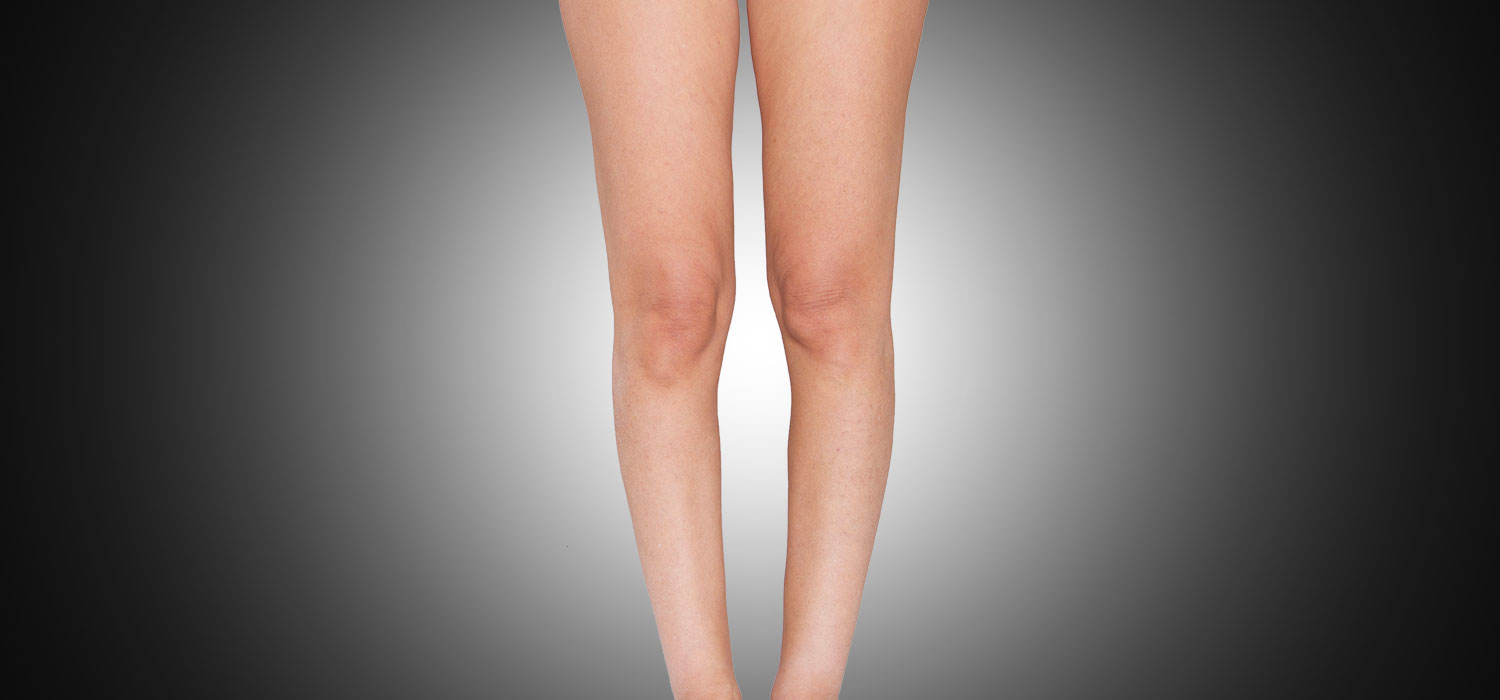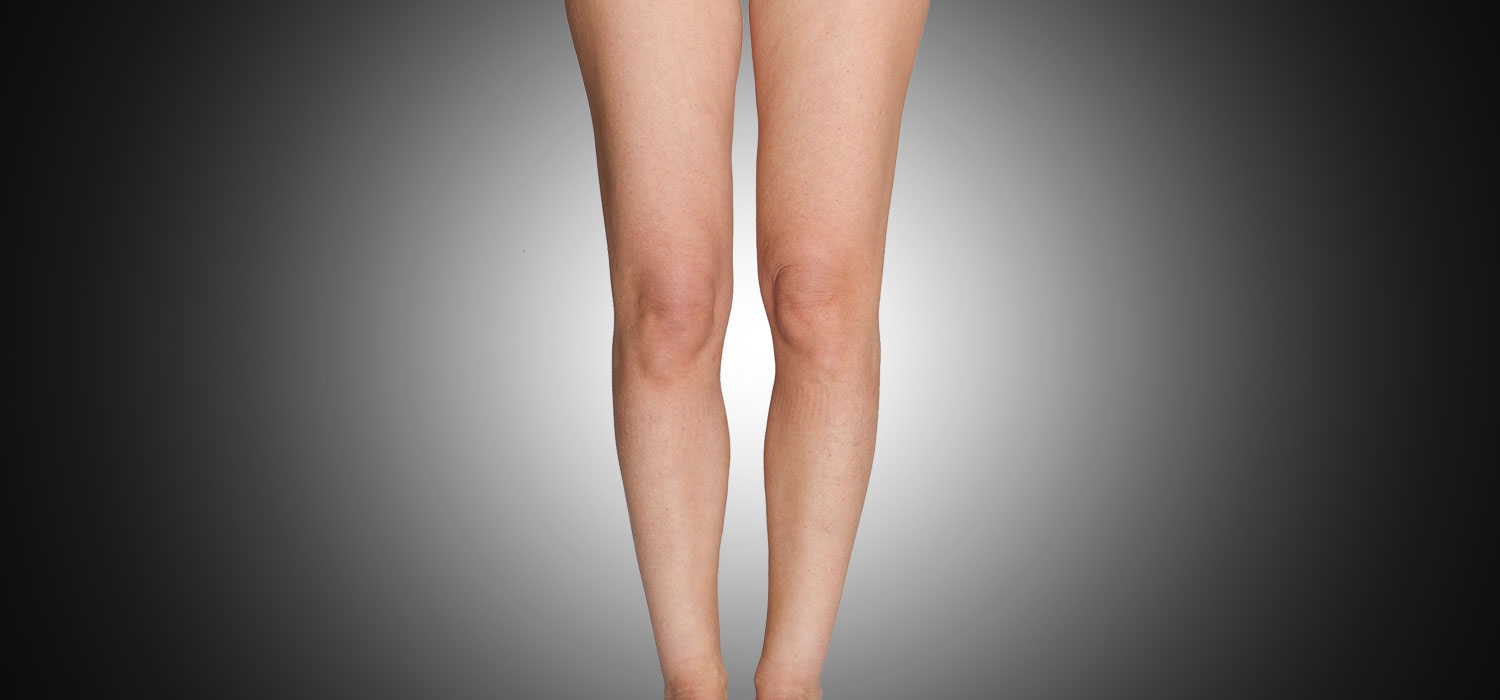MYOPLASTY
CALF AUGMENTATION
MYOPLASTY
Myoplasty is the name of the procedure of plastic and aesthetic surgery that serves to increase the volume of the posterior muscle of the leg, through the placement of an implant, which aims to re-define the correct proportions between the thigh and the lateral/medial calf muscles to configure a slender and harmonious leg in the entire length in the woman; while in men it provides a bold and muscular image, in perfect symmetry and volume with the quadriceps.
Calf augmentation ranks Dr. Mattia Colli in a high position in Europe for his ability to perform it taking into consideration the patients’ requests and the main and fundamental importance of achieving a natural result in harmony with the body, which goes to perfect the whole leg.
read more
The achievement of the expected expectations is the result of the relationship that the surgeon and the patient establish from the first visit. In the event of not being able to promise the desired result, the surgeon will reserve the right to resort to the help of further new techniques to achieve the goal.
The patients, who meet Dr. Mattia Colli, come from all over the world. To reduce waiting times you can get an online consultation. An online consultation will give the patient the opportunity to meet the surgeon and establish the confidence needed for a successful calf augmentation.
CALF VOLUMETRIC INCREASE
WHY CHOOSE DR. MATTIA COLLI
INCREASE IN CALF VOLUME: TO WHOM IS IT RECOMMENDED?
CALF VOLUME AUGMENTATION SURGERY IS RECOMMENDED FOR ALL PATIENTS WHO:
- want to have a harmonious and proportionate image of their legs so that they can wear short clothes and highlight their legs along the entire length
- wish to increase the volume of the calves to symmetrize the lateral/medial muscles with the volume of the remaining parts of the body
- realize the dream of liking themselves in the lower part of the body
- want to increase self-confidence and consider self-esteem fundamental to succeed
read more
THE CHARACTERISTICS OF THE PATIENT ELIGIBLE FOR THIS CALF AUGMENTATION SURGICAL PROCEDURE ARE:
- good health (blood tests and ECG)
- Small, symmetrical or asymmetrical lateral/medial muscles
- agenesis or hypoplasia of the calf muscles
- realistic expectations
Patients suitable for calf augmentation surgery are usually thin or normal weight or muscular people with few and limited deposits of fatty tissue. The patient who elastic skin of a certain thickness will certainly have the perfect and sought after effect, proposed to him during the medical examination; in the patient with thin and sagging skin, the surgeon reserves the right to use additional and new techniques to help achieve the goal. The trust that our patients place in us always rewards us with the surgical results carried out; very often more than one technique is combined to obtain the desired result (for example those who have minute and slender calf muscles and desire a significant increase in the volume of the calves in order to harmonize it with the other muscles, most likely will most likely need lipofilling surgery in order to better conceal the outlines of the implant).
MYOPLASTY – CALF AUGMENTATION – WHAT TO KNOW BEFORE SURGERY
CALF AUGMENTATION: PREPARATION FOR MYOPLASTY SURGERY
read more
The surgeon visits the patient highlighting the volumetric deficit at the level of the calves and their symmetry to study and plan at the least the volume and placement of the implant.
He then verifies the degree of elasticity of the skin: based on the changes required, the surgeon must assess that he can achieve a harmonious and natural outcome, then he analyzes the thickness of the skin so as to explain in a completely transparent way to the patient what result can be obtained and what is the correct volume to make him perfectly satisfied; in fact, by Dr. Mattia Colli the patient is listened to in detail in order to elaborate an operating program of the highest professionalism where the characteristics of the desired result are indicated. The surgeon in addition to expressing in detail answers all the doubts expressed by the patient.
If the patient’s expectations regarding the result sought by the intervention are not realistic, the procedure will not be carried out at all.
before and after
INFORMED CONSENT
CLINICAL ASSESMENTS
read more
HOSPITALIZATION OF THE PATIENT
ANAESTHESIA
Dr. Mattia Colli has decided to abandon general anesthesia with its dangers: surgical interventions are performed with the most modern anesthesiological techniques of deep sedation (local anesthesia + intravenous anesthesia), so that fear and the sensation of pain are completely canceled while the unconscious is invaded by dreams and pleasant images.
Local anesthesia occurs through the introduction of anesthetic at the level of the calf and related nerve plexuses in order to effectively eliminate the sensation of pain. The insertion of this solution, called tumescent, also takes place with a vasoconstrictor (adrenaline) to avoid bleeding, because it reduces the blood flow in the area to be treated allowing the operating surgeon to work better and gently, managing to eliminate a greater amount of fat.
Another advantage is to have an immediate return to social life without having to endure classic situations of fatigue, dizziness and exhaustion typical of the disposal of general anesthesia drugs.
SURGERY
The myoplasty surgery – increase in the volume of the calves, involves an initial phase in which a very small incision of about 3 – 4 cm is made at the level of the popliteal cavity necessary for the detachment of the tissues and the introduction of the implant. The modern techniques used by Dr. Mattia Colli allow you to make the incision exactly in the fold of the popliteal cable so as to be totally invisible once the healing phase is over; this differs totally from outdated methods that involved a much lower incision, in the upper part of the calves and easily recognizable even at complete healing.
read more
The second phase is to create the anatomical space that will occupy the implant. Once the volume has been programmed, the surgeon also knows the length of the implant in order to shape a custom-made pocket.
After inserting the implants, the last step is to close the apex of the space created with different suture threads. Rest and healing in the postoperative period is of paramount importance because the sutures stimulate internal healing that allows the roof of the anatomical space created specifically for the prosthesis to be perfectly joined. Hurried and careless healing will not allow for accurate scarring of this area, and the patient may experience limited rise of the implant during the contraction movement of the calf muscles.
After surgery, the patient will be bandaged with special dressings and undressed after about 24 hours; Subsequently, they will wear the custom-designed sheath and will gradually be followed by the staff in its post-operative course for small modifications. Very often, by decision of the surgeon, if the tissues respond optimally and the operation was of the highest level and cleans, the patient does not need the sheath but the dressings specially designed for her specific case will be sufficient.
INCREASED CALF VOLUME
– POST-OPERATIVE
After removal of dressings it is normal to see the treated anatomical area swollen and edematous. The patient is prescribed all the pharmacological treatments dedicated to him, from antibiotic prevention to anti-edema.
Dr. Mattia Colli does not use standard compressions or shorts, but the patient has tailor-made sheaths that progressively accompany them post-operative period: where the treated area begins to deflate, the staff will tighten the suit according to the decisions of the surgeon; this choice highlights how Dr. Mattia Colli is very attentive to the smallest details of his patients.
read more
INCREASED CALF VOLUME – TYPE OF IMPLANT


